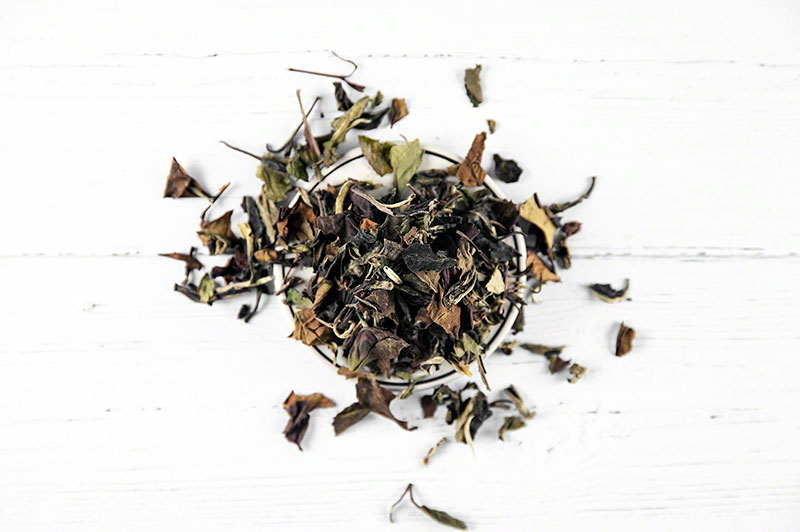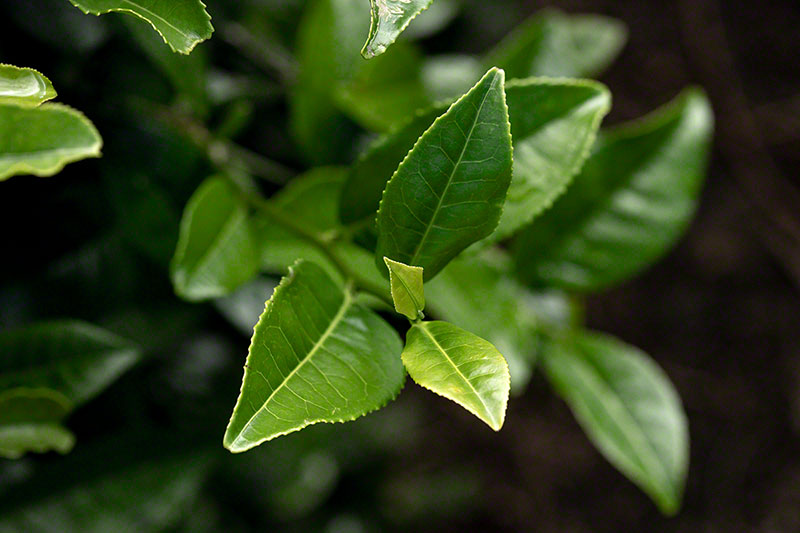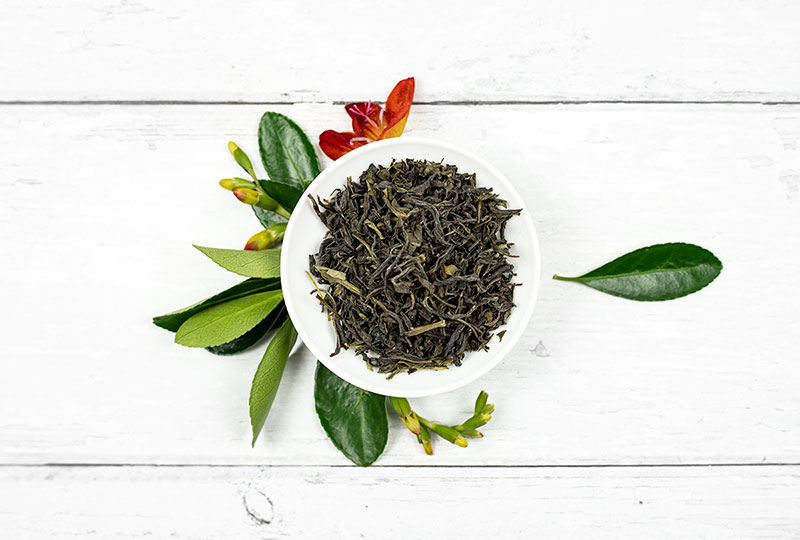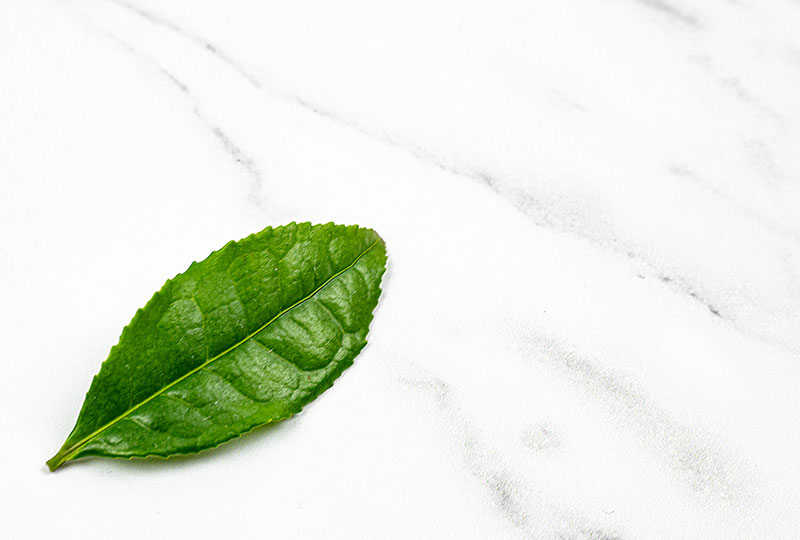How Is Tea Made?
Behind every high quality tea lies an enormous amount of knowledge, skills, often tradition, and time. Tea producers need to make sure that each and every leaf will brew into a perfect cup. What we see when we open a pouch of tea is often an art, often far from a simple routine. Learn what are the most important steps in making tea.
What is tea?
Tea is made from Camellia sinensis leaves. There are 6 main types of tea – white, yellow, green, oolong, black and dark. All of them will undergo different production processes which will influence the flavor, scent, color and nutritional content of tea. However, processing is not the first step in tea production. It all starts with a tea plant.
Tea plants can be grown on plantations or in the wild. Most wild tea plants are actually trees that have been growing for decades or even hundreds of years. Many of them are used for making dark pu’erh teas. However, you can find wild grown green and black teas too.
Plants on plantations are usually smaller bushes. The first harvest is usually three years after the cultivation. Once the tea bushes are ready, harvesting can begin.
Steps in making tea
Every tea is made in a different way, but some processing steps will be the same Different teas in one category are likely to share more processing steps then teas from different categories. For example, all green teas will undergo a kill-green process that stops the oxidation. But not all green teas will share the same kill-green step and not all of them will be withered. All dark teas will need to be fermented. Green tea will never be fermented. The production of yellow tea includes a process called pilling, while production of white teas may include as little as two steps. Here are the most common ones.

White Peony or Pai Mu Tan white tea
1. Harvesting tea leaves
Tea leaves can be harvested by hand or by machine. The most high quality teas are often harvested by hand, but they are available in lower quantities than machine harvested teas. Why? Because harvesting or plucking by hand is an extremely difficult task that requires both skill and focus. Experienced pluckers can usually pluck no more than 20 kilos or tea leaves per day. Once those leaves are processed, that amount will be much lower. Machines may harvest up to 200-300% more, which makes them indispensable in tea production.

Tea leaves on a tea bush
2. Withering
The first step in producing many teas is withering. However, not all teas are withered, for example Japanese green teas. For making the best Japanese sencha, withering is not an option, as leaves need to preserve most of their moisture content and color. Withering is a process that lowers the water content in leaves, makes them more wilted and easier to manage, but changes the color of the leaf too.

Mao Feng Green Tea
3. Bruising
Bruising is a step usually involved in making oolong and black tea. Leaves are bruised to start and speed up the oxidation. Black teas are usually fully oxidized, and oolong teas are partially oxidized. Bruising is not used for making white and green teas.
4. Oxidizing
Leaves that are bruised are oxidized. Oxidation will change the color, flavor and chemical composition of tea. Oxidation must be a controlled process in order to achieve the best flavor. For oolong teas, oxidation is stopped at the certain percentage – for example 50 or 80 perfect. Different types of oolong teas will have a different level of oxidation. Black tea is usually fully oxidized.
5. Kill-green
Kill-green is a process of stopping oxidation used for making green tea. This step can include different techniques, but the most common ones are steaming and pan-firing. Steaming is the main way of stopping oxidation in producing Japanese green teas. Fresh leaves can be light, medium or deeply steamed. Pan-firing is the main way of stopping oxidation in the production of Chinese green teas. Leaves are fired in large woks until the oxidation is stopped.
6. Rolling and shaping
Once the oxidation is stopped, leaves are rolled and shaped. For example, sencha has a unique needle shaped leaf, while Dragon Well tea leaves are flat. Rolling and shaping is usually not just a single step, but may include several steps to roll, remove even more moisture content, and shape the tea leaves.
7. Drying
All tea leaves must be dried even more to preserve the freshness and reduce the water content to a minimum. This will assure your tea stays fresh and tasty longer. Drying can be done in different ways, for example, by roasting tea leaves over charcoal, or by hot air.
8. Sorting
Once the leaves are finished, they still need to be sorted. By sorting, we will get different tea qualities. The first sorting is done during and after harvesting, but the second sorting will remove other leaf parts too, such as stems. Sometimes other steps may be included to, such as more drying or cutting tea leaves, for example, for making matcha, or powdering tea flakes into tea powder. Those steps will be different for each type.
9. Aging
Some teas can be aged too. Aging is used for pu’erh teas and for many oolong teas. Black, white and green tea may be aged too. However, aging doesn’t mean simply storing them for a few years or decades. It has to be done in a controlled environment.
10. Decaffeination
Some teas may be decaffeinated. Decaffeination is a process of removing caffeine from tea leaves and can be done using different methods. Most decaf teas are black, because decaffeination may influence the flavor, scent and nutrients.
Read more: Best decaf teas
There are many other steps in tea production, such as scenting or flavoring, roasting and baking, or grounding. Some teas will include even more than 20 different steps, especially oolong teas, while white teas may a few only.
Disclaimer: This article is for informational purposes only. It’s not intended to replace medical advice, diagnosis or treatment. Every person is different and may react to different herbs and teas differently. Never use teas or herbs to treat serious medical conditions on your own. Always seek professional medical advice before choosing home remedies.



